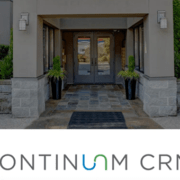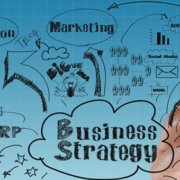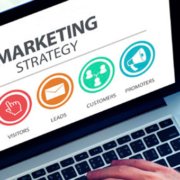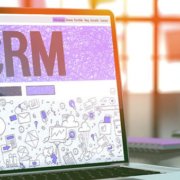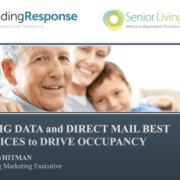It’s budget season and a time to dream BIG. That is, until you realize your budget hasn’t increased from last year, even though expectations have.
Not to mention there are so many choices: digital, paid search, social media, direct mail, marketing automation, advertising, radio—the list is seemingly endless. And each of these broad categories requires more decisions (for example, Instagram vs. Pinterest or Google AdWords vs. Facebook ads).
So how should you go about creating a reasonable marketing wish list for the 2019 fiscal year? Ask yourself the following questions to get started—they cover the most important areas that we recommend to our clients. Then, build your list accordingly.
1. Is your website on its last legs?
If your website is more than two to three years old, it’s time for a new one—or a solid refresh at the very least, one that includes enhancements to improve traffic and conversions.
If your communities are on separate URLs, consider integrating them into one domain so you don’t compete against yourself for SEO and so that you create a better experience for your site visitors.
Where to begin? Start by developing buyer personas to attract your ideal prospect, investing in a keyword analysis of your rankings compared with your competitors, and building a content strategy that combines the interests of your personas with relevant topics.
Oh, and make sure your site is secure, meaning your site should be using HTTPS and not HTTP. You could see your site traffic drop considerably otherwise. Learn why here.
2. Is your content getting results?
If you blog regularly with quality content, you should expect to see three times more visitors and 3.5 times more leads per month and a 79% increase in sales revenue from website leads within one year.
Is your content struggling to give you these results? Remember: consistency and quality are the essential elements—and harder to achieve than you might think. That’s why content should always make it onto your marketing wish list. You can always improve it and make it better.
At the very least—and especially if your content is currently underperforming—invest in an editorial calendar that is keyword enriched to improve your search ranking and use professional writers to create educational content.
Also, you should budget for at least one piece of premium content per quarter (think guides, e-books, toolkits). “Gate” this content in order to convert anonymous website visitors into prospects. Invest in quality landing pages to collect contact information.
3. Would automating your marketing help convert prospects to customers?
Ninety percent of the leads on your website are not ready to buy right away. Marketing automation technology nurtures the “not yet ready” leads by providing relevant content based on their expressed interests and creates workflows to keep them engaged until they are ready for a sales interaction—and once it’s set up, it’s completely turnkey.
Marketing automation completes follow-up in a way that is dependable, timely, and consistent with brand standards. It’s like having a 24/7 virtual sales person available at all times to ensure that leads are nurtured and advanced.
But good automation technology, like HubSpot, is an added expense—but one that will pay for itself over time—which is why you should add it to your marketing wish list.
4. How’s your CRM? (You have one,right?)
Customer relationship management (CRM) technology has come a long way in the last five years. You should not settle for an old, outdated, clumsy system that is a pain for your sales team and does little more than track tasks and activities.
Good CRMs help sales teams stay focused, build stronger relationships, and leverage excellent data to inform decisions. Choose a CRM that is in alignment with your sales culture, budget, and users’ technological skillsets. Make sure it offers training and onboarding to support adoption and success.
5. Is your data easy to digest and access?
It’s not that there is a lack of data available. It’s just that it is fragmented and un-integrated.
You should be able to track every marketing channel and every touch point in the customer journey and calculate ROI to inform strategy and spending, both online and offline. You should be able to access all this info in one dashboard, in real time, and analyze it by location, portfolio, service line, or investor – any way you need it.
If you currently can’t do this, make sure you add it to the wish list. Hint: often times you can get analytics and marketing automation software in one package, so look for products that can solve both problems.
Can you think of any other smart questions to ask as people prepare their 2019 marketing wish lists? Share in the comments.

